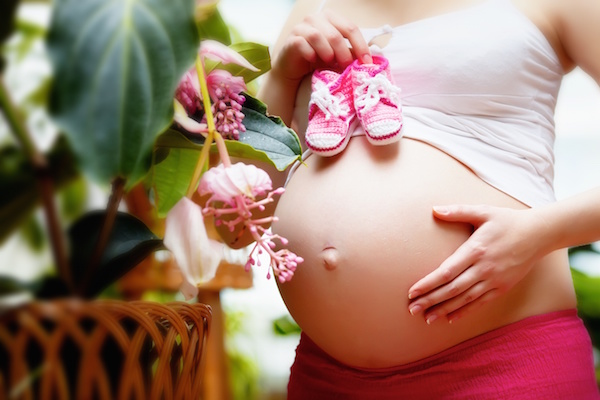
FRIDAY, Sept. 10 (HealthDay News) — They’re the ultimate creepy crawler. Creatures that truly give people the willies. And they’re apt to make you feel unclean, or maybe even a bad parent (neither of which, experts say, is valid).
Head lice truly are nasty little buggers — parasitic insects that infest the head, eyebrows and eyelashes of their human hosts and cause the creepiest tickling sensation along the scalp.
They’re a worldwide phenomenon, but in the United States they infect mostly school-age children, according to the U.S. Centers for Disease Control and Prevention. Health experts estimate that 6 million to 12 million U.S. kids, 3 to 11 years old, get infested each year.
Vigilance is the key to heading off an infestation, said Deborah Altschuler, president of the National Pediculosis Association, a nonprofit group aimed at head lice prevention.
“The best way is to know what to look for, screen often and detect the problem as soon as possible,” she said.
Any child can get head lice. Dr. David Flinders, a family physician in Provo, Utah, stressed that getting head lice shouldn’t reflect badly on children who have them or on the children’s families.
“People often think it’s associated with poor hygiene or low socioeconomic status,” Flinders said. But, he said, “an affluent person is just as likely to get head lice as someone from a lower socioeconomic status.”
Head lice spread through close contact. They can’t jump or fly so they must crawl between people who are touching each other.
“It comes from person-to-person, head-to-head,” Flinders said. “It’s mostly a disease of elementary school kids because they’re pretty intimate. They are touching heads when whispering and talking, or taking naps together.” Head lice also can spread through the sharing of combs or hair brushes.
Today, more ways than ever exist to prevent infestations from occurring and to effectively get rid of head lice. But preventing head lice first and foremost means reducing their ability to spread between people, Flinders and Altschuler said. That includes:
- Maintaining appropriate personal space — something nearly impossible to reinforce among young children.
- Having shorter hair. “Girls with longer hair are more likely to pick up head lice than boys or girls with shorter hair,” Flinders said.
- Checking a child’s hair regularly for lice or lice eggs, which are also called nits. “If you wait, or you don’t know to be diligent, you may find yourself with a lot tougher problem,” Altschuler said.
Her association recommends that parents comb their children’s hair a couple times a week, or at bath time, using a special fine-toothed comb able to sweep lice and nits out of a child’s hair.
“We say comb first because a quality comb is a wonderful tool to help you remove what you can’t even see,” she said.
Even with these precautions, a child might still get head lice. In that case, parents need to shift into treatment mode quickly.
Most doctors recommend using over-the-counter or prescription lice treatments that contain mild pesticides such as pyrethrins, which are extracted from chrysanthemums. “They appear to be pretty safe for humans, except for infants,” Flinders said. “It is difficult to eradicate an infestation without resorting to pesticides.”
However, Altschuler’s group is among those who don’t like the idea of using such treatments.
“It’s one of the only times a parent would directly apply a pesticide to their child,” Altschuler said. “Parents need to get to the problem as early as possible so they can avoid the use of chemicals or pesticides.”
Instead, she recommends that parents brush the lice and nits out of an infested child’s hair. It’s a painstaking process that must be repeated daily because a new infestation can easily occur if any nits or lice are missed, but her group believes it’s safer than pesticides.
Another non-chemical option now available, the LouseBuster, is a device that uses heated air to kill off lice and nits. “It forces hot air at high temperatures into hair,” Flinders said. “That will dehydrate the lice.”
An oral systemic medication, ivermectin, also has been used for hard-to-treat cases of lice infestation, Flinders said. The medication kills adult lice as they bite into a person, but it won’t kill off nits, which means the infestation will continue until all existing eggs have hatched.
Other points to remember include:
- It’s kids who mostly fall prey to head lice, but everyone in a family needs to be checked.
- Repeated treatments will be needed to completely rid the infested person of lice, no matter what form of treatment is used.
- Be sure to vacuum furniture and run all bedclothes through a dryer to help keep the lice from spreading.
“If your child becomes infested, don’t panic,” Flinders said. “It doesn’t mean your child has poor hygiene or you’re a bad parent or you’ve done something wrong. Just treat the problem, and be sure to check everybody.”
More information
The Nemours Foundation has more on head lice.
For more on battling head lice, read about a school nurse’s view from the front lines.

